A guide to the Wakhan Valley in Tajikistan
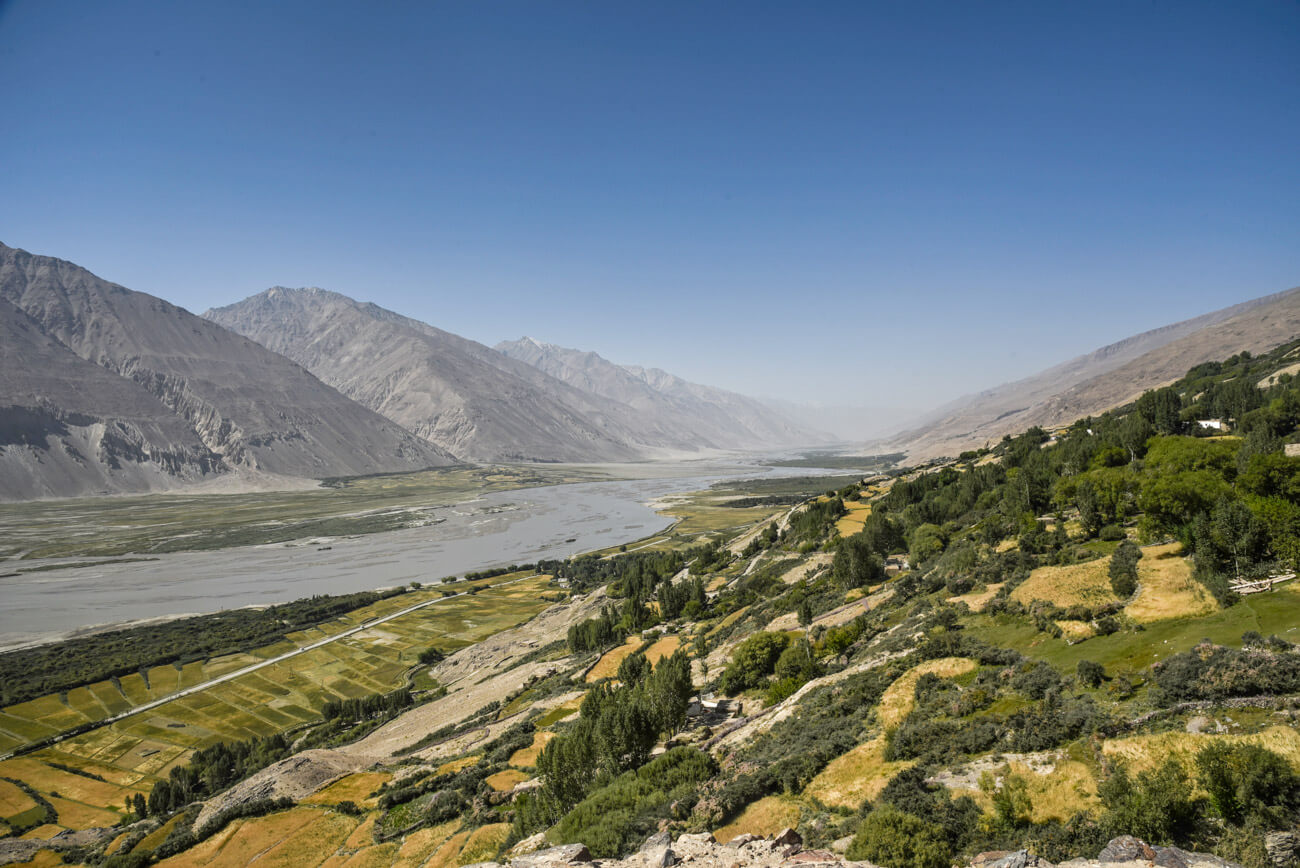
As we kept going along that narrow road, which followed the course of the Panj river, I could not stop looking at all the villages across the river, the reason being those timeless looking mud-brick houses sit nowhere else, but in the country of Afghanistan.
We were eight people, all squeezed in a Lada from Soviet Union times and, as my head and half my body were hanging out of the window, I could not avoid continually calling, yelling and waving at the many Afghans who were on their donkeys and motorcycles on the other side of the river.
Eeeeeeh! Afghanistaaaan! Eeeeeeeh
Occasionally, with a little bit of surprise from their side, they waved back at me; some of them with a tremendous euphoria, while others, just with half arm raised, as they didn’t really understand what was going on.
We were in the Wakhan Valley, on the Tajikistan side, a historical, remote and beautiful region which, for me, is one of the best places to visit in the whole of Central Asia.
For more practical information about the country, read: A guide for traveling to Tajikistan – Itinerary + Tips
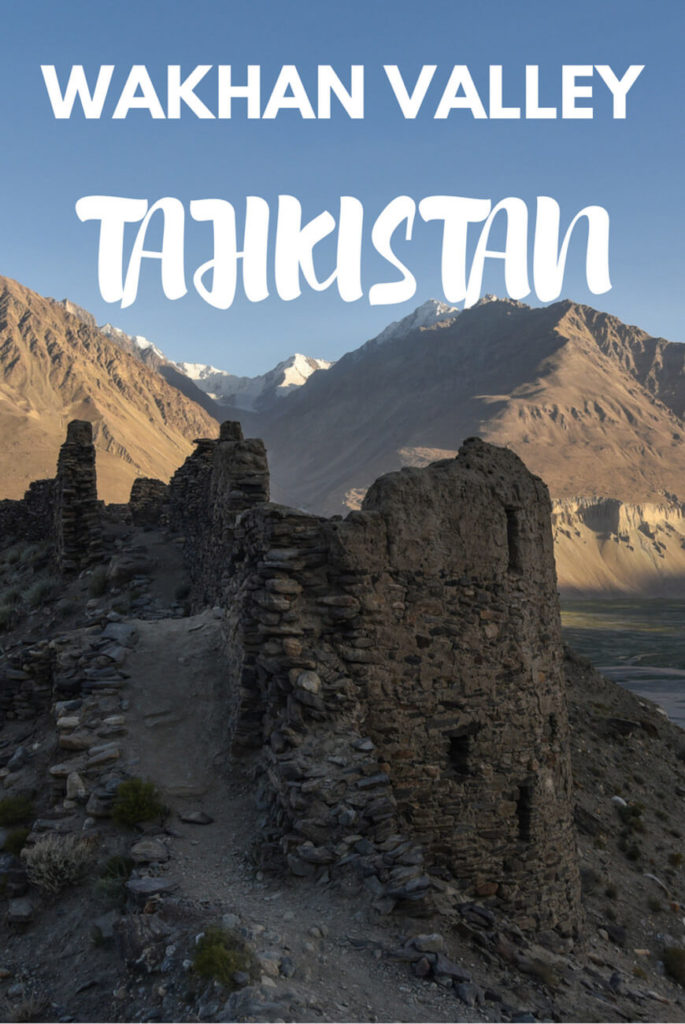
In this Wakhan Valley travel guide, you will find:
Introduction
Safety
Best time to visit
Days needed
Visas and permits
Entering Afghanistan
The people (the Wakhis)
Wakhan Valley itinerary
Transportation
More Information
Travel insurance for Tajikistan
I recommend IATI Insurance: 5% discount + wide adventure activities coverage
Get your discount when buying through this link
Introduction to the Wakhan Valley
The Wakhan Valley is a mountainous region that belongs to the Pamir and Hindu Kush ranges, most of it being part of northeast Afghanistan.
For centuries, the Wakhan Valley was an important principate of the famous Kushan, a great empire that extended from southeast Tajikistan to the Ganges Valley itself in India.
For this reason, despite being a very mountainous area, in the valley you find several fortresses located on the top of very high hills, offering the most epic and impressive views ever.
Historically, the region served as a dividing line between west and east Asia, so the valley became an important Silk Road route as well. In the 20th century, it also marked a clear border between the Soviet Union and the British Empire.
With all this historical context, its incredible landscape, and awesome people, the Wakhan Valley is the ultimate adventure and a place you can’t miss in your journey through Tajikistan.
By the way, even though most of the valley is in Afghan territory, the Lower Wakhan is located in Tajikistan which, unlike the Afghanistan Wakhan Corridor, is very easy to visit with just a bit of planning, a little money and following the advice shown in this comprehensive guide to the Wakhan Valley in Tajikistan.
Read: Best books on Central Asia and the Silk Road
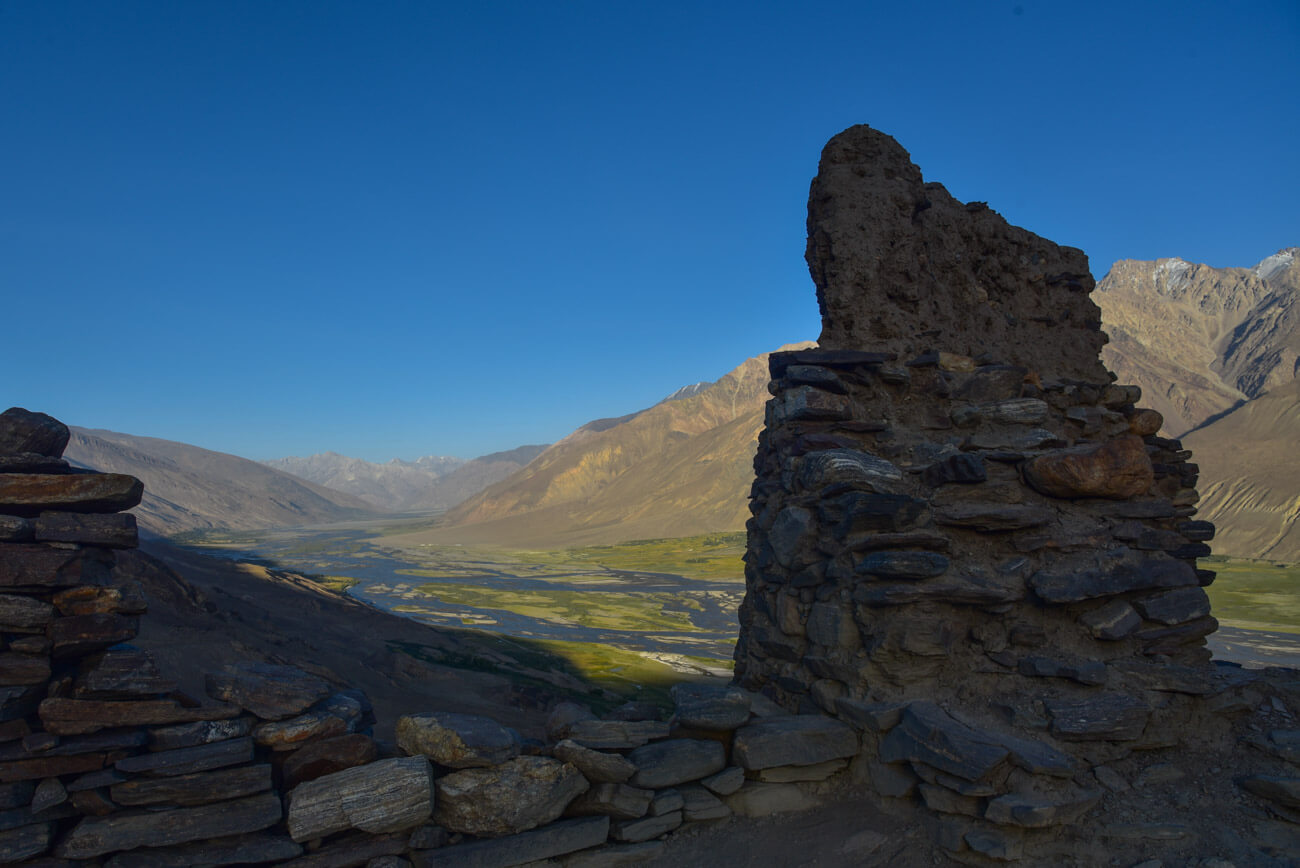
Is the Wakhan safe?
For more than 200 kilometers, the valley follows a river whose other side is in Afghanistan, so it’s perfectly understandable that some people may be afraid.
However, the Wakhan region has never been affected by the Afghan war.
The BBC once said that this is a relatively safe region for real adventure lovers.
WARNING!
In July 2021, the Wakhan region on the Afghanistan side was taken over by the Taliban. Therefore, we are not sure whether Tajik Wakhan is safe or not, since you may see Taliban from just across the river.
For more information, read the latest updates on safety in Afghanistan
Best time to visit the Wakhan Valley
In winter, the valley is covered by snow, hence temperatures drop significantly.
Nevertheless, the weather is not as cold as on the Pamir Highway.
June to September would be the best period to visit, but I think that May and October could also be feasible.
How many days do you need to visit the Wakhan?
I met a lot of people who crossed the entire Wakhan in only two days, staying one night at each valley entrance.
Given its short length, this is perfectly possible but, honestly, if you want to really enjoy the Wakhan and its culture to the fullest, give it an extra few days.
I did it in 6 days (5 nights), which allowed me to visit a lot of villages.
Visa and GBAO permit
For Tajikistan, you need a visa in advance.
Moreover, the road goes through GBAO, a region which requires an additional permit.
Here you can find everything related to the visa process: How to get a Tajikistan visa.
Entering Afghanistan from Wakhan Valley
It’s unavoidable. When you see how damn close you are to Afghanistan, it’s impossible not to get excited, cross the river and wander around the Afghan valleys and villages. And yes, in case you are wondering, entering Afghanistan is super easy.
You just need to apply for a visa in Khorog, which you get on the same day, and enter through Ishkashim.
However, bear in mind that visiting the Wakhan Corridor in Afghanistan is expensive, since the visa costs $100 – $150 and, once you have crossed, you need to spend a lot of money on permits and transportation.
For further information, read this article from the Expert Vagabond: Guide to the Wakhan Corridor in Afghanistan.
Accommodation – There are endless homestays in all villages. Price is always around $10 – $15, including dinner and breakfast. In the itinerary section, I mention all the places where I stayed.
Internet – There is no Wi-Fi and 3G is extremely slow. If you want to make calls, buy a SIM Card from Megafon, the one which works best. You can easily get one in Khorog or Murghab.
Food – In Ishakashim, there’s a relatively big shop where you can buy supplies but, in Khorog, you will have much more choice. In the rest of the villages, the assortment is really limited. You can also eat at the homestays.
How many $$$ – The Wakhan Valley and the Pamir Highway tend to be part of one single trip. In my Pamir Highway guide, I give a detailed cost breakdown.
Read: A guide for traveling to Tajikistan – Itinerary + Tips
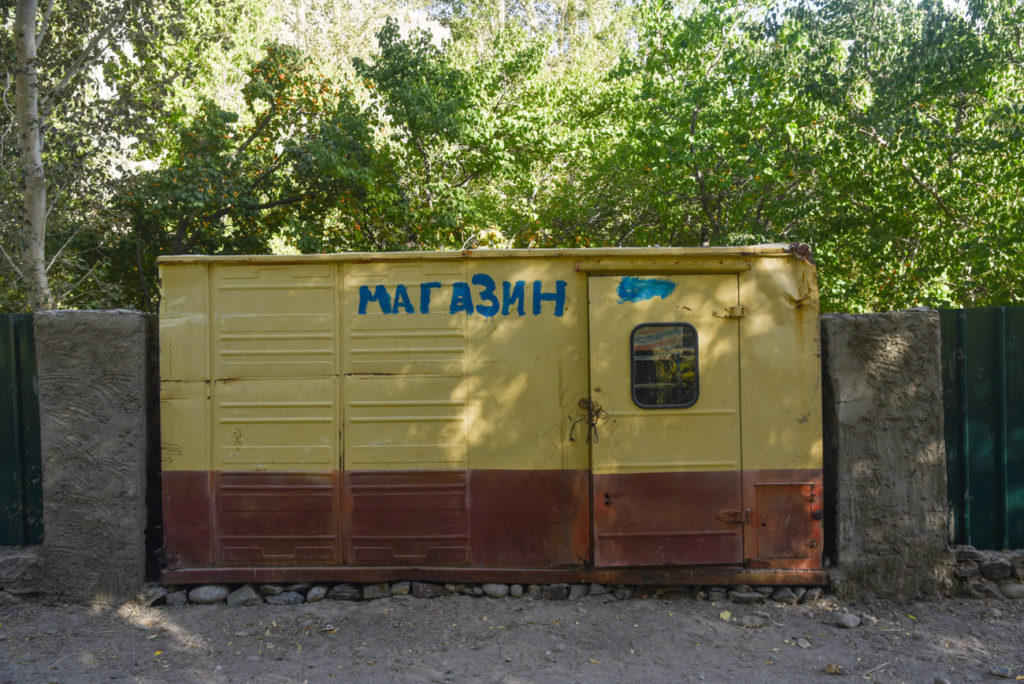
The Wakhis: the inhabitants of the Wakhan Valley
Travel insurance for Tajikistan
I recommend IATI Insurance: 5% discount + wide adventure activities coverage
Get your discount when buying through this link
The Wakhan Valley is inhabited by the Wakhis. But, who are the Wakhis?
The Wakhan people are an ethnic group who live spread across Tajikistan, Afghanistan, Pakistan and a little bit of China, in a region called Wakhan.
They speak Wakhi, a Persian language, and culturally, they are closer to Iranian and Afghan people, with a large Central Asian influence. However, the Tajik Wakhis, have a lot of influence from Russia too, coming from Soviet Union times.
Perhaps, the most characteristic fact about Wakhi people is that they are Ismaili, a kind of Shia, which is considered the most liberal branch of Islam. The religious laws are very flexible and many of them drink alcohol, don’t really practice Ramadan and women tend to have more freedom.
After 5 months in Central Asia, we found Wakhis to be the kindest and most hospitable people in the region. Is it because they are culturally close to Iranians and Afghans? Who knows 🙂
Read: Karakoram Highway, a journey from Pakistan to China
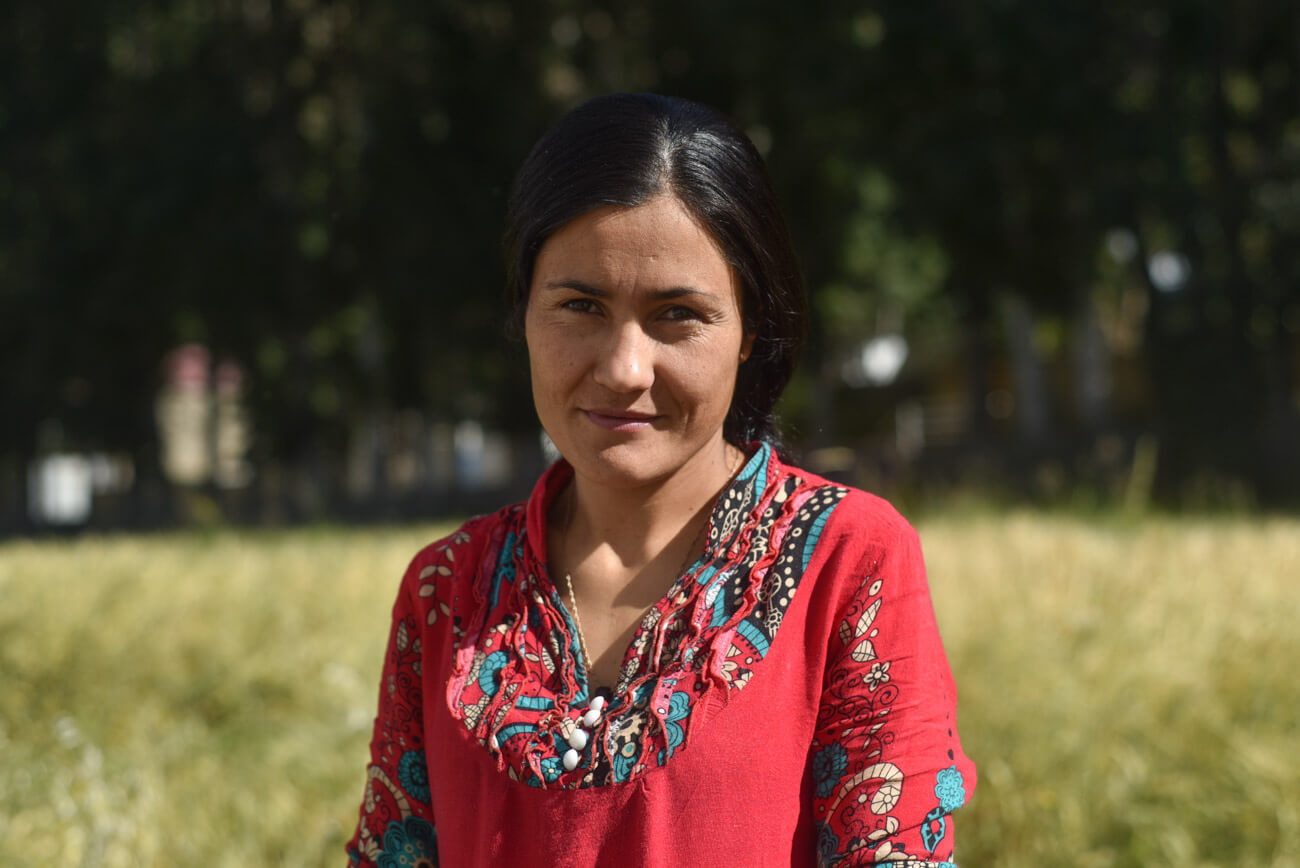
Wakhan Valley route: The ultimate itinerary
The top touristic places are all concentrated in five or six villages but, like I said before, I recommend doing them slowly to immerse yourself in the local culture.
Places to visit in the Wakhan Valley map
Click on the image to see the interactive map

Ishkashim
Officially, Ishkashim is the first village in the Wakhan and from where you can enter Afghanistan. Just across the border, the first Afghan village is also called Ishkashim as, many years ago, they were one single town.
Ishkashim is the largest village in the valley, so if you didn’t buy enough supplies in Khorog, here you can find some more, but don’t really expect much. However, they do sell cold beer and there are a few exchange offices as well.
There’s not much to do in Ishkashim besides wandering around the village and taking pictures of the rural life.
Moreover, if you are lucky, once a week, an Afghan market takes places in neutral territory, on an island in the Panj River, just between the two borders.
Both Tajiks and Afghans take part in it and, basically, it aims at the exchange of their typical products. Nevertheless, such an exciting event changes and gets canceled constantly.
When I was there, in August 2017, they canceled it because there had been a shooting somewhere nearby.
Alternatively, I went to the Afghan market in Khorog but it’s not as exciting as this one, since it doesn’t happen in neutral territory but in a Tajik military area.
At the one in Ishkashim, you even have to leave your passport at the entrance.
Where to stay in Ishkashim
There’s a guest house called Hanis Hotel, which charges $15 per night, including dinner and breakfast. They have a hot shower as well. We actually pitched our tent in their garden and they charged us $2 each, with the right to use their shower.
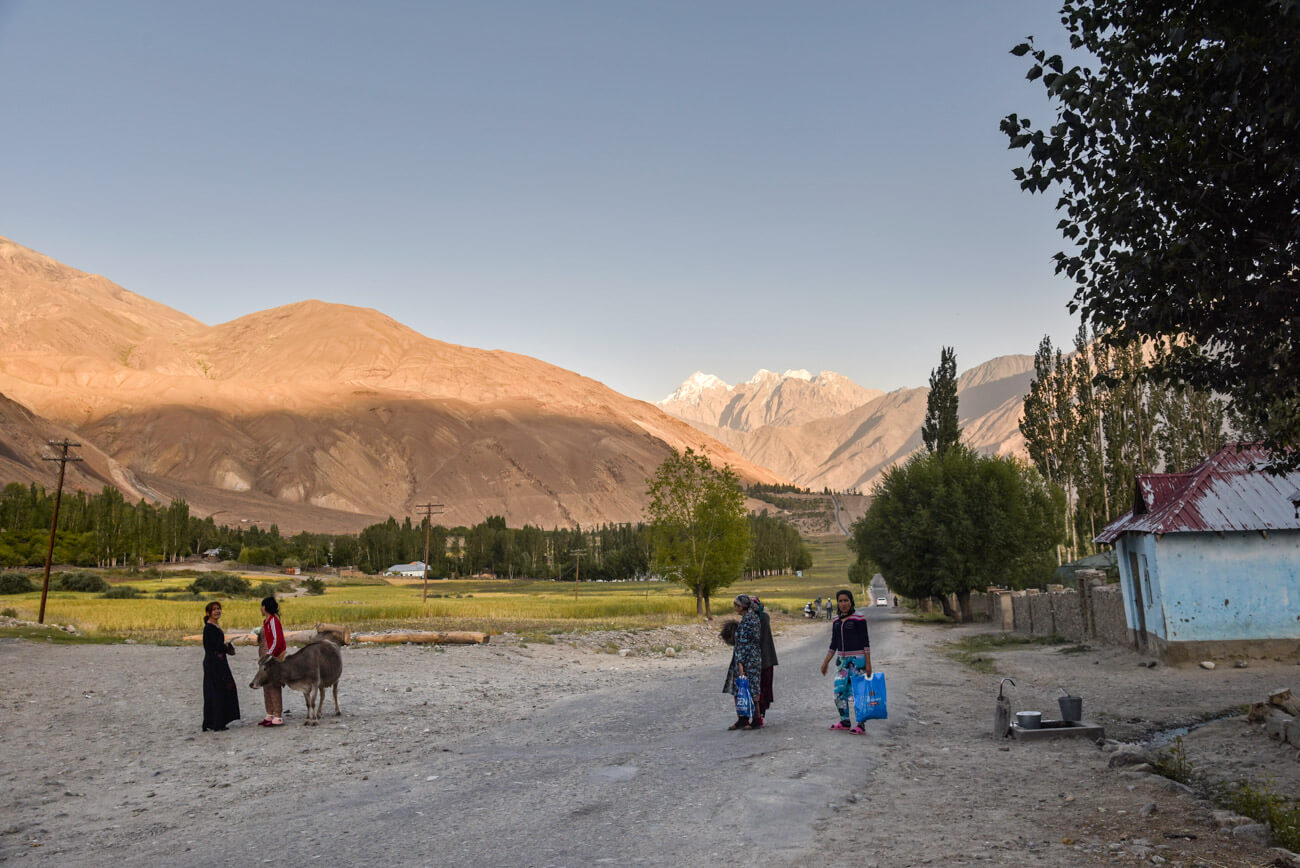
Namadgut
Coming from Ishkashim, just two kilometers before the tiny village of Namadgut, built on the top of a hill, you find the Kaakha fortress, the ruins of a fort with impressive views to the Panj river, from where you get an awesome perspective of both Afghanistan and Tajikistan.
At the top, they have also installed a military base and, to access the fortress, you’ll have to go through it, walking among hanging clothes and tables where they eat.
Once at the fort, a soldier was with us for the whole time.
However, as long as we didn’t take pictures of military stuff, we could do whatever we wanted and stay there as long as we liked.
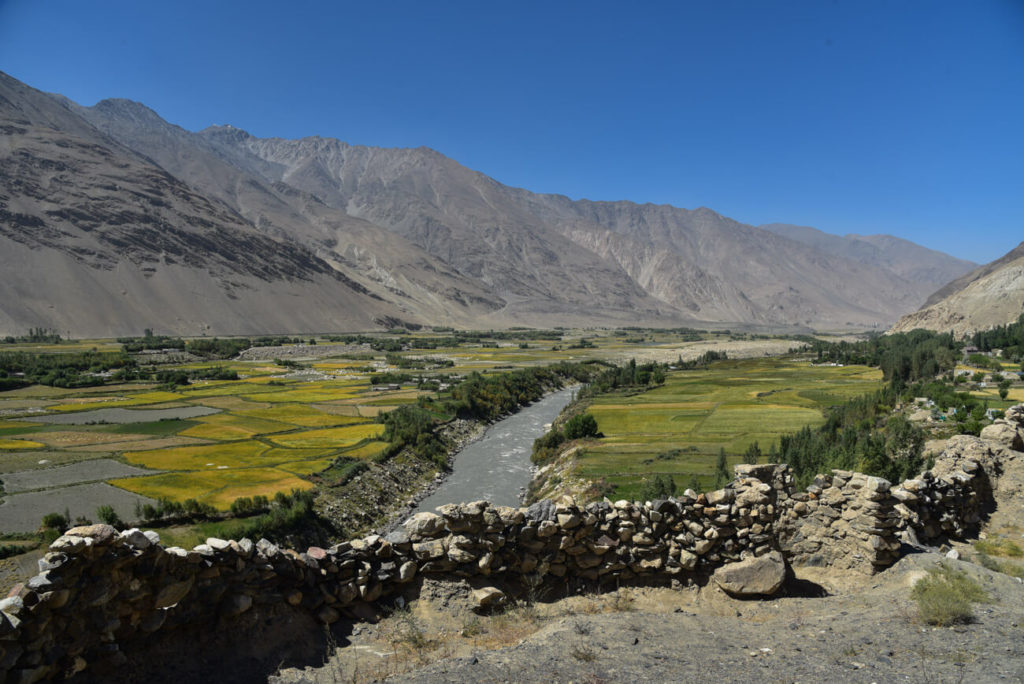
After visiting the fort, most travelers just continue straight to Yamchun or Ishkashim, which is a real shame, as in Namadgut, we had the best local experience in the entire valley, as this village doesn’t receive a lot of visits from tourists, so the locals blessed us with their hospitality.
There we met Nigina, a local woman who invited us to her place to eat a feast until we literally exploded.
Where to stay in Namadgut
I didn’t see any official guesthouses but, like in all villages, everybody will be more than happy to host you for just a couple of dollars.
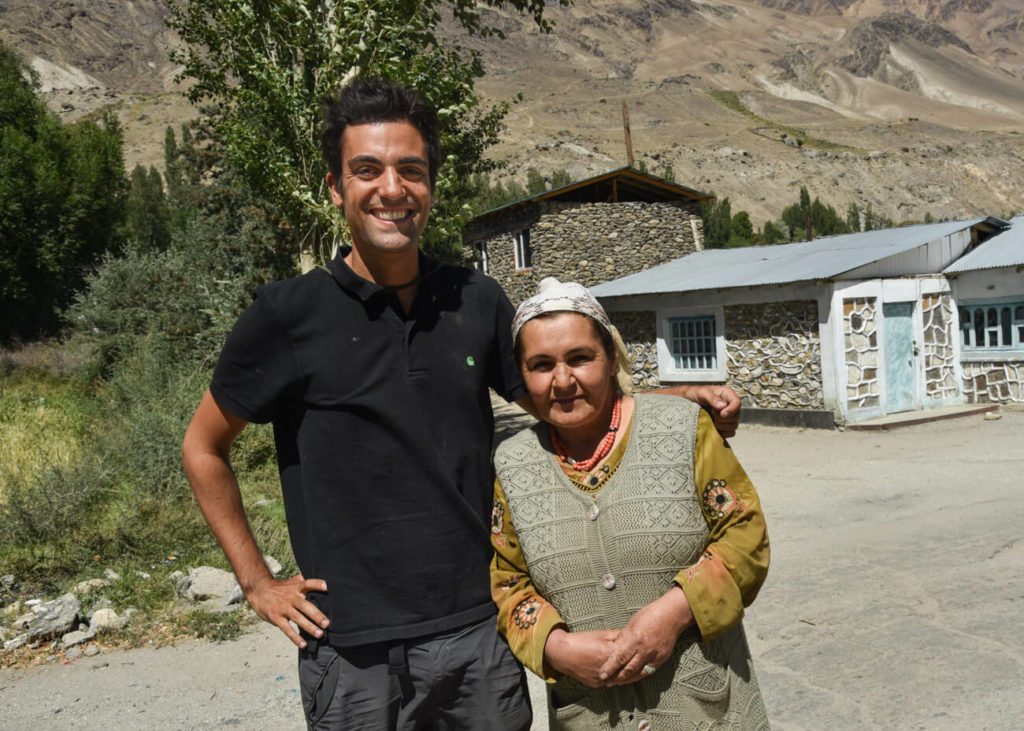
Yamchun
Built on the top of a cliff, in this cute village you find Yamchun Fort, a fortress which is said to be 2,000 years old and which was used to protect the principate during the Kushan empire.
Yamchun Fortress is the most impressive place in the entire Wakhan Valley as, from here, you get stunning views of the valley and the Afghan Hindu Kush, whose snow-capped peaks pop up from the fortress’s background.
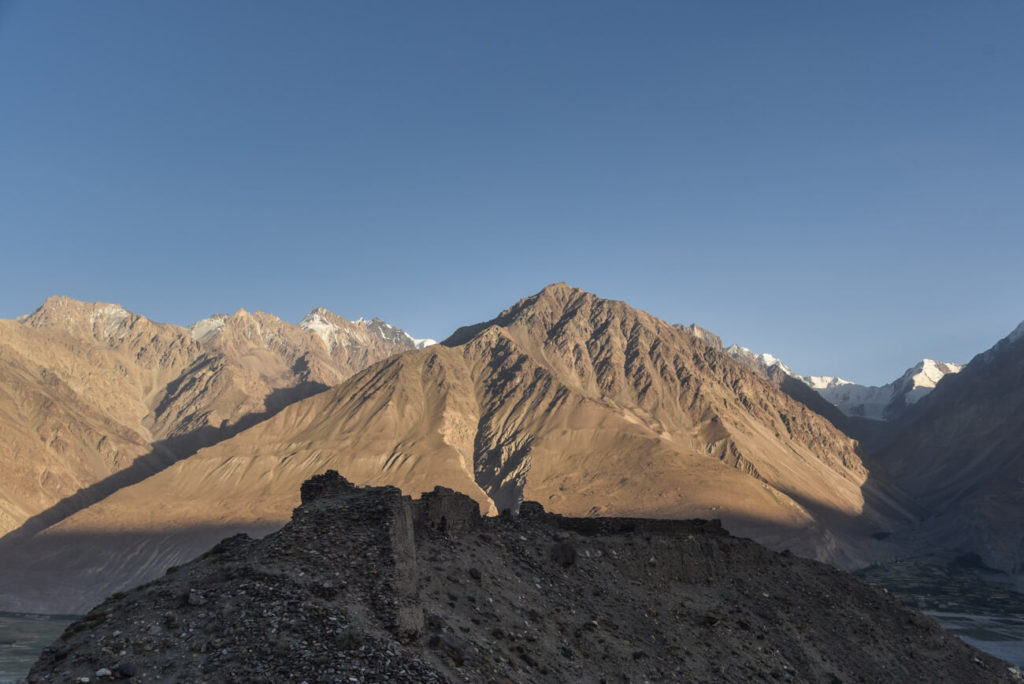
In Yamchun, there are also some famous hot springs called Bibi Fatima.
All locals love them and they are always a pain in the ass, trying to convince you that this is the best place in the Wakhan.
Honestly, I didn’t go there, as it was extremely hot during the day and the last thing I wanted to was to go swimming in 50ºC hot water.
Where to stay in Yamchun
Here we discovered the best homestay in the Wakhan and Pamir Highway. It’s called Akim (location: 36.958115, 72.254279) and it’s run by a super kind family who really want to meet and hang out with the foreigners, something not very common in this part of the world. Price was $15 per night, including meals.
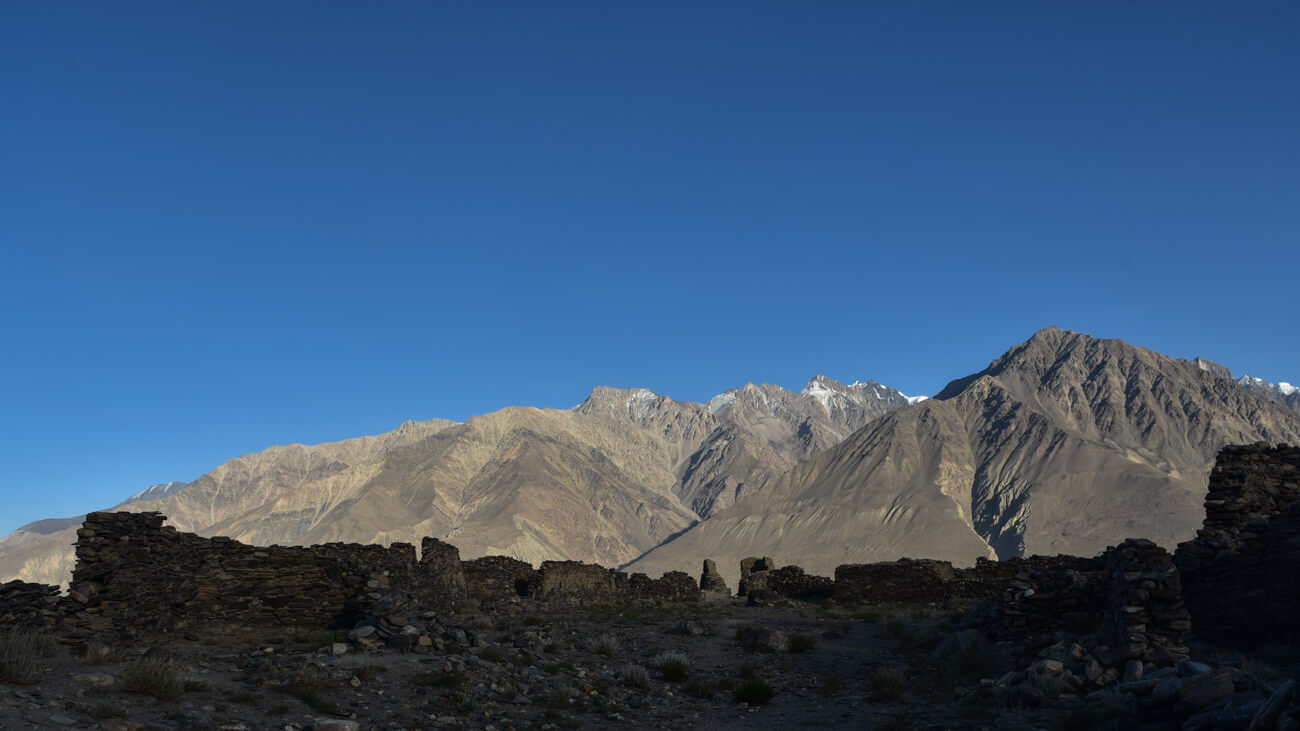
Vrang
The internationally famous Silk Road wasn’t only a set of routes aiming to trade and exchange products between civilizations and empires but, also, many different people from different religions left their religious and cultural footprint as well.
That is the reason in Vrang, you can find a Buddhist stupa from the 4th century, whose origin and history, unfortunately, remain pretty unknown. The stupa is built at the highest point in the village, with breathtaking views of the valley.
Besides the stupa, Vrang is also a sort of transportation hub for going to Langar and Ishkashim. Here you’ll find a lot of shared taxis.
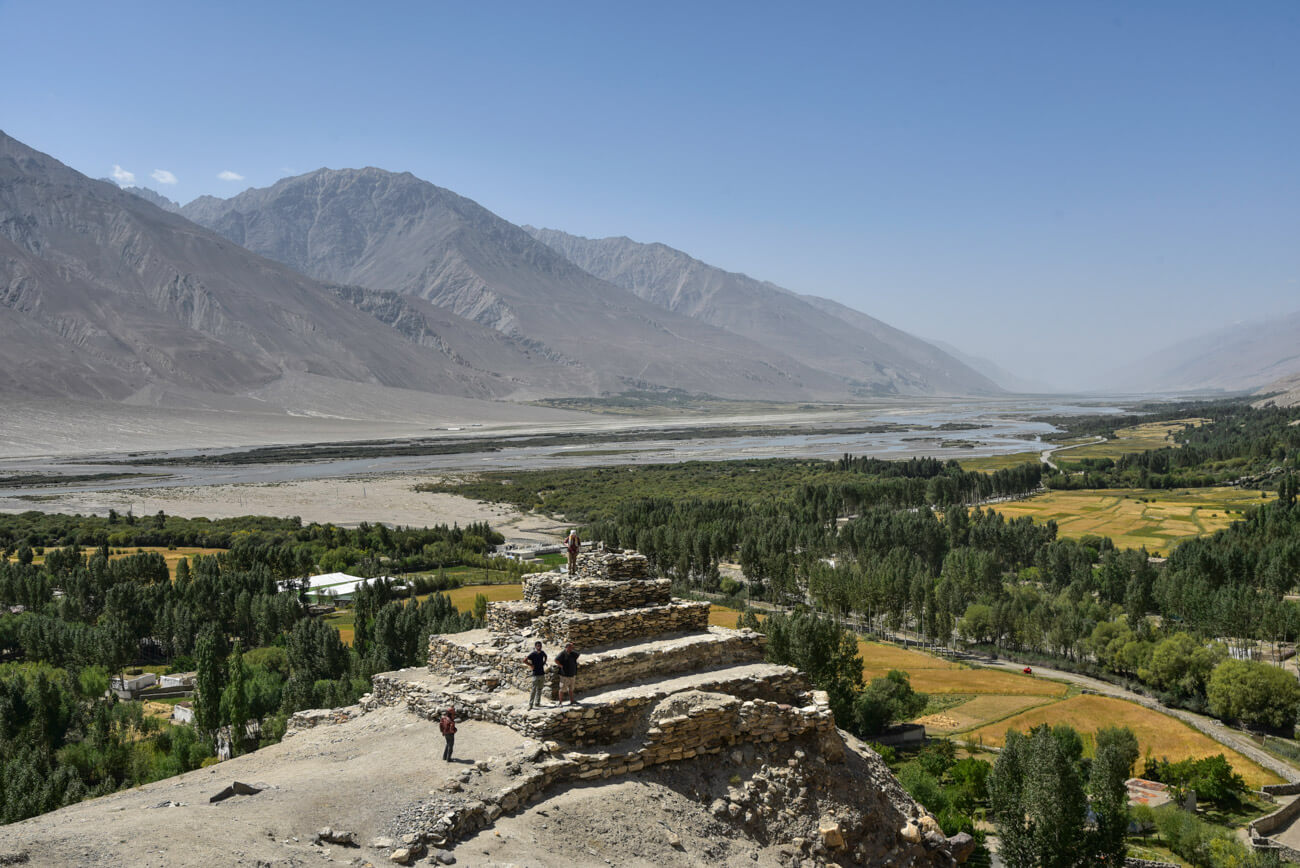
Zong and Hisor
Zong is another small locality where Abrashim Qala is built, a fortress which once served to defend from the Chinese and Afghan invaders.
Moreover, if you are into photography, I think that Zong and Hisor, a village just two kilometers away, are where I found the best opportunities to take pictures of the local, rural life.
I spent the whole afternoon wandering around the infinite fields of wheat, taking photos of peasants collecting wheat and loading it on their donkeys.
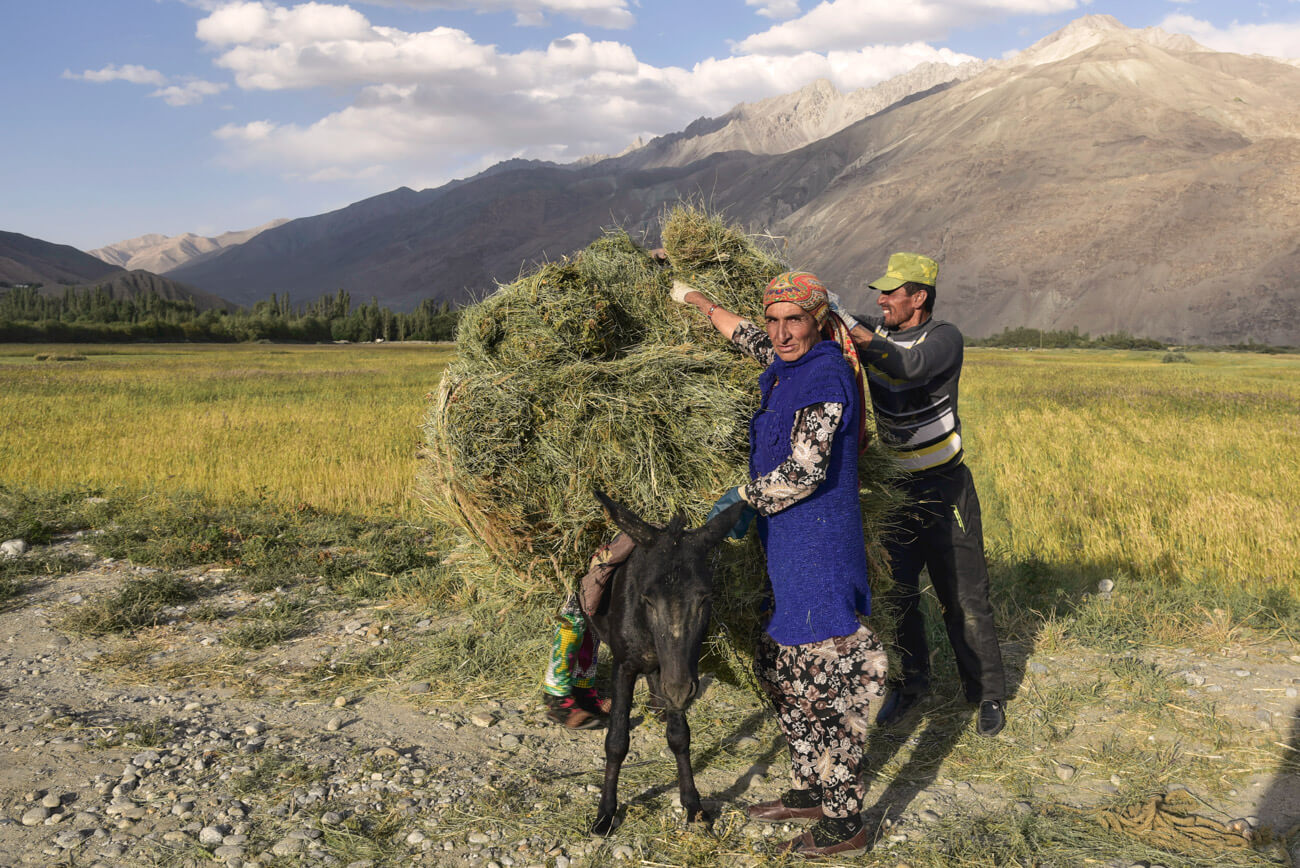
By the way, here we were invited to have tea with salt, a very typical beverage from this part of the world, which I had already tasted in both north Pakistan and India.
Basically, they add milk to the tea, salt, and pieces of bread. I personally hate it very much but it’s not polite to refuse it.
The worst is that, if you try to finish it quickly, they will think that you like it and will refill your cup.
Where to stay in Zong and Hisor
Most travelers stay in Langar, a village that marks the end (or beginning) of the Tajik Wakhan. However, I would prefer one thousand times to stay in Hisor or Zong, as Langar is pretty far away from the river.
Furthermore, since Langar is an entry point to the valley, many locals will see you as a mere source of money, besides meeting plenty of begging kids. Zong and Hisor are on the river bank and much more pleasant.
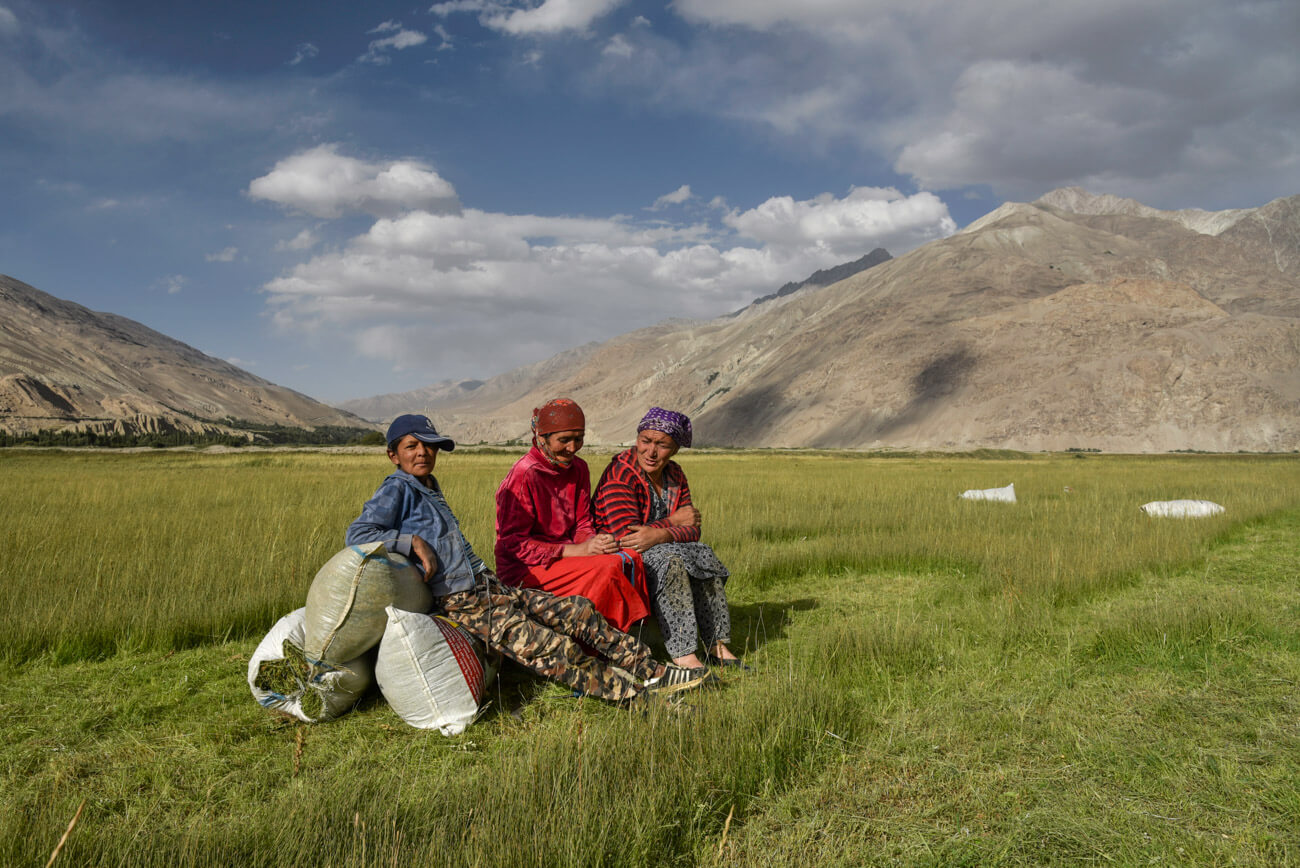
Langar
Langar is going to be your first or last destination, depending on whether you come from Khorog or the Pamir Highway.
Probably, Langar is the most touristic spot in the Wakhan as, over the years, it has hosted hundreds of bikers and drivers in general, which originated the commercialization of many locals’ mentality.
You’ll find that many kids approach you continuously, asking if you need a place to stay at or a guide to visit the petroglyphs.
Actually, at the top of the village, there are the remains of some of the most important petroglyphs in Tajikistan but, unfortunately, between prehistorical drawings, there are a lot of contemporary carvings made by teenagers which have just ruined the site.

From here, you can also go trekking to Peak Engels base camp, which is supposed to be amazing. You can do it in just two days, staying one night at the camp.
We wanted to do it but I twisted my ankle the day before and it hurt for a couple of days.
Read: Tips & packing list for trekking in Central Asia
By the way, very deep inside the village, you can find a shop selling cold beer. A blast.
Where to stay in Langar
In Langar, there are loads of hostels and homestays. I stayed with a random family and we were their first guests ever.
However, as I said, I’d prefer to stay in Zong or Hisor, as it’s prettier and less commercial.
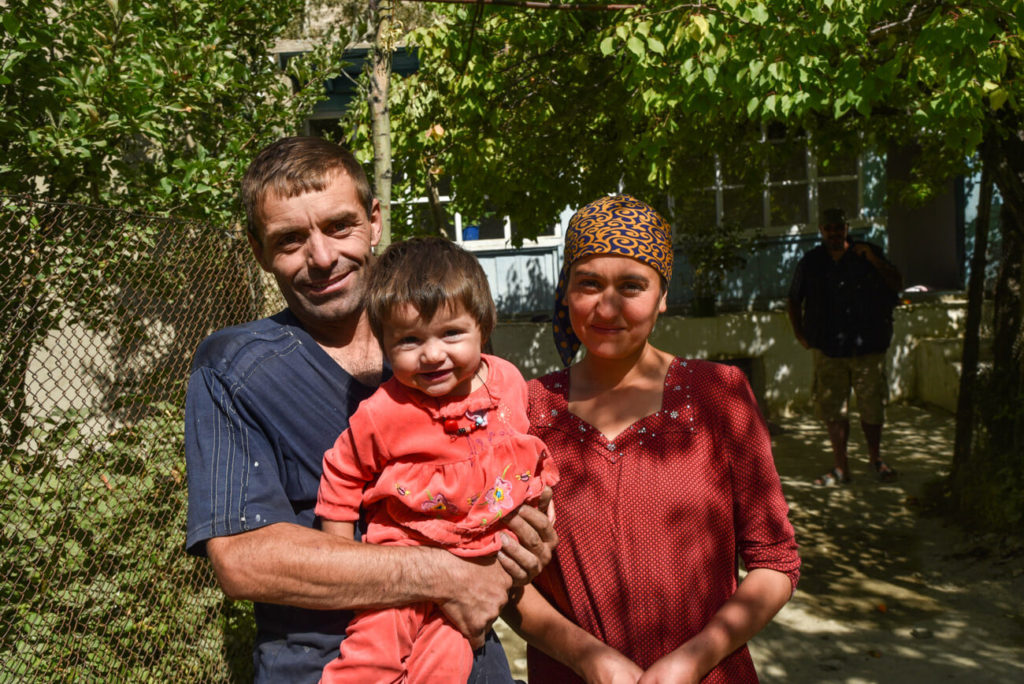
Transportation along the Wakhan Valley
Travel insurance for Tajikistan
I recommend IATI Insurance: 5% discount + wide adventure activities coverage
Get your discount when buying through this link
Renting a car or organized tour
For those who rent a car or go with a private driver, both the Wakhan Valley and the Pamir Highway tend to be part of the same package. In my ultimate guide to the Pamir Highway, I explain both transportation options with great detail.
Public transportation and hitchhiking
With a few exceptions, public transportation is limited to local shared taxis. Moreover, in many villages, you will be forced to hitchhike but remember that, in this part of the world, hitchhiking is not for free and locals pay for it too.
Many times, they may ask you for exorbitant amounts but you can always bargain. I will tell what we paid for each ride we took but remember to always ask, in your homestay, for the local price to your next destination.
How to get from Khorog (west)
In the mornings, from the central bazaar in Khorog, there are marshrutkas and shared taxis to Ishkashim. The shared jeep costs 50TJS ($5.60) and the marshrutka should cost twenty percent less.
How to get from the Pamir Highway (M-41)
The section that goes from the M-41 to Langar is, probably, one of the remotest in the region. There’s absolutely nothing besides a military base.
If you don’t have your own vehicle, the only way to do it is hitchhiking, with a lot of patience. Local cars will always be full, so your only choices will be tourist cars or trucks going towards the military base.
I met a Polish couple who waited for 3 or 4 hours until they were picked up by a truck.
The driver left them at the military base and, from there, they hitched a tourist car which, unfortunately, made them pay their proportion part of the daily rental price. Bastards.
From Ishkashim to Namadgut
There are local taxis running very often. Local price is 3TJS (34¢) but they asked us to pay 6TJS (70¢) because of our luggage. Locals don’t pay extra for their luggage.
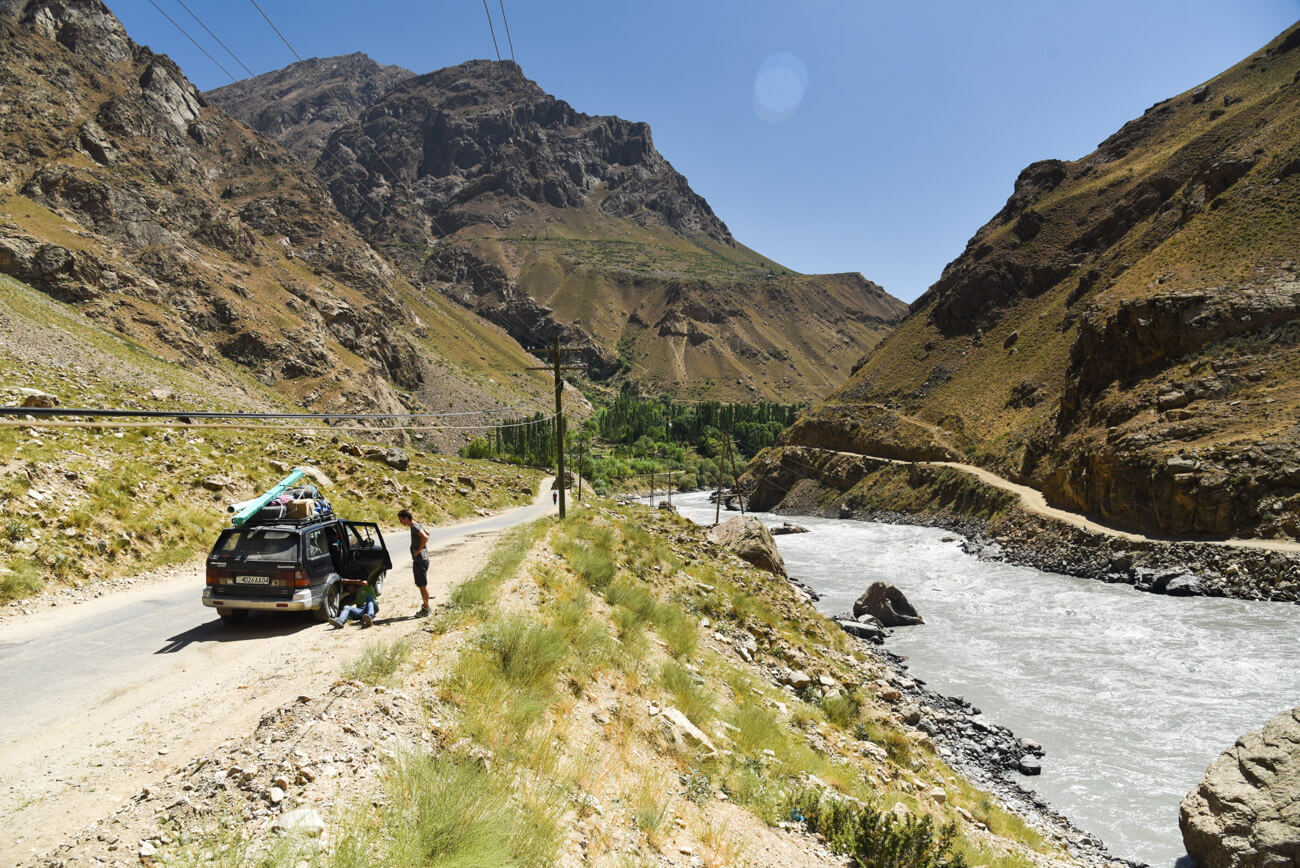
From Namadgut to Yamchun
We waited for 3 or 4 hours as all cars were always full. By the way, Yamchun is a village located at the top of a big hill, Tuggoz being the village at the bottom, next to the road. If you say Yamchun, they’ll understand that you want to go to the top, so they will charge you a private taxi price, as shared taxis don’t go to the top. To go from Namadgut to Tuggoz, they charged us 20TJS ($2.20)
From Yamchun to Vrang
A relatively short and easy section. The local price is 5TJ (58¢).
From Vrang to Langar
Vrang is a transportation hub with a lot of shared taxis going to Langar or Ishkashim. They charged us 30TJS ($3.40) to go to Langar.
From Langar to Khorog
There are daily marshrutkas leaving at 6am in the morning which cost 70TJS ($7.90).
More information for visiting Wakhan Valley
Don’t forget to check our travel guide to Tajikistan.
As well as all our Tajikistan articles:
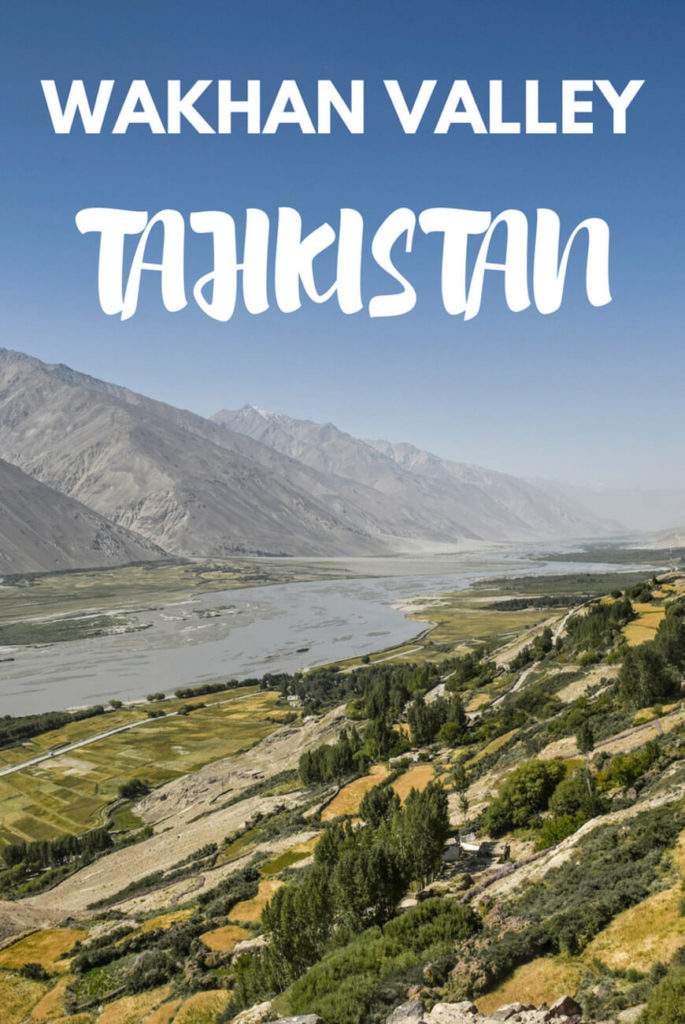
2 comments
Hi Joan,
Do you know how to get from Langar to Murghab?
Regards,
There’s no public transportation, only taxi or hitchhiking